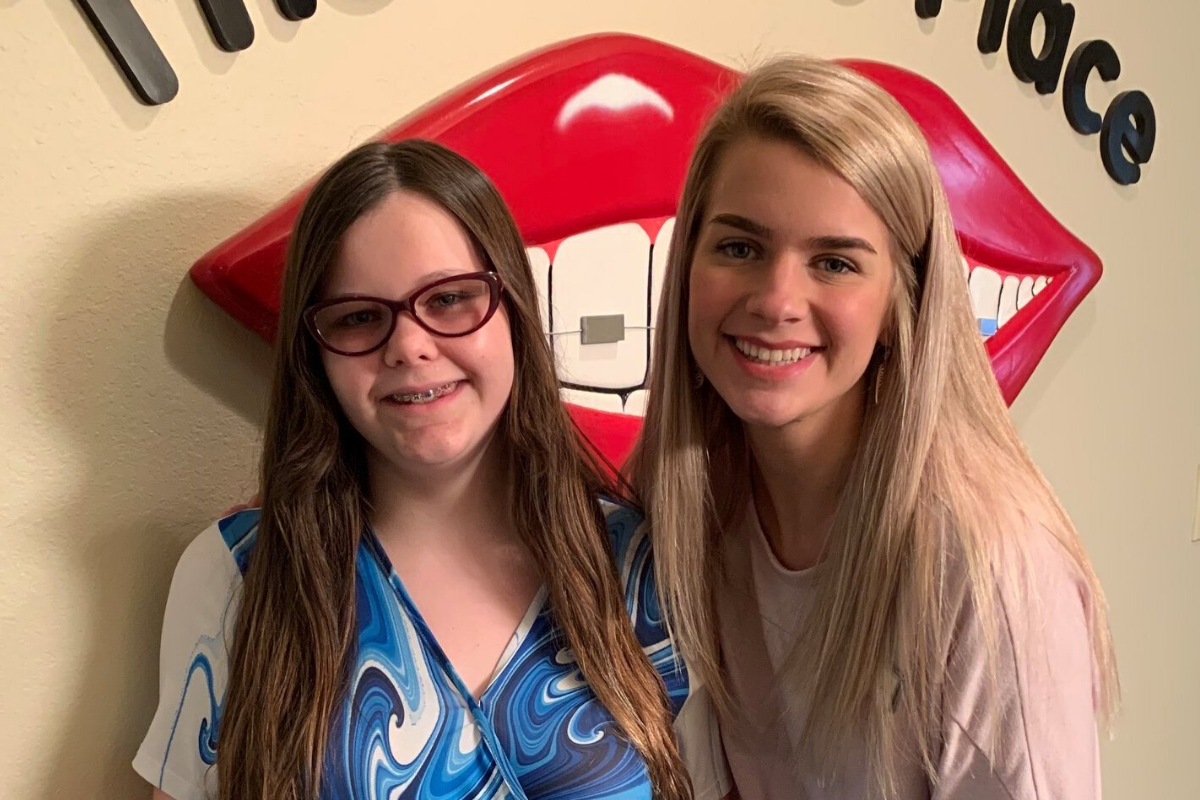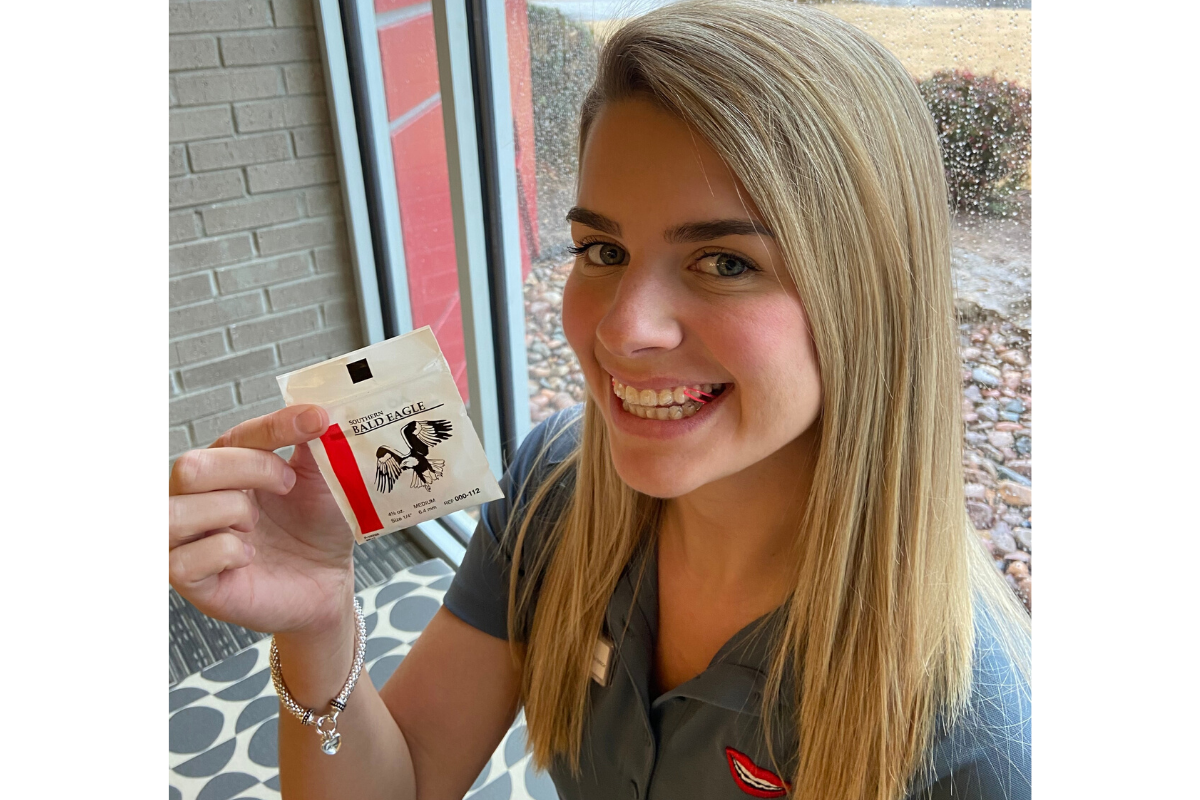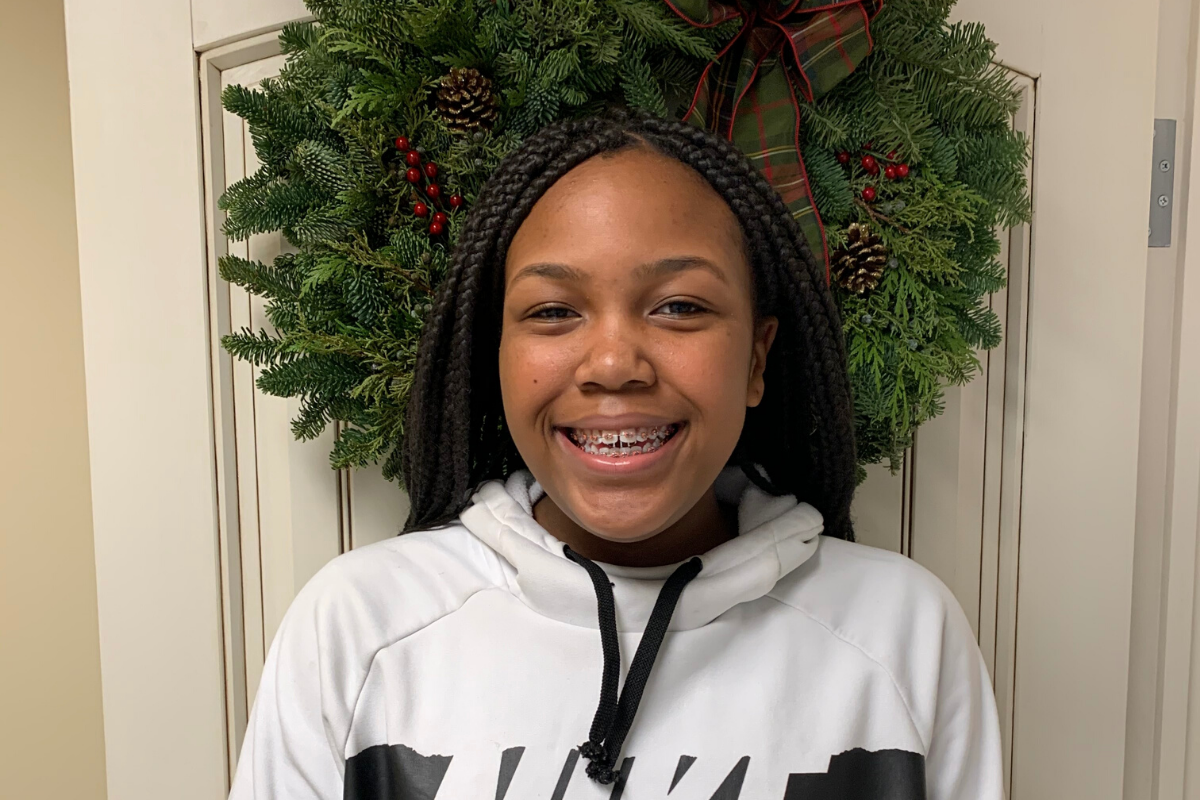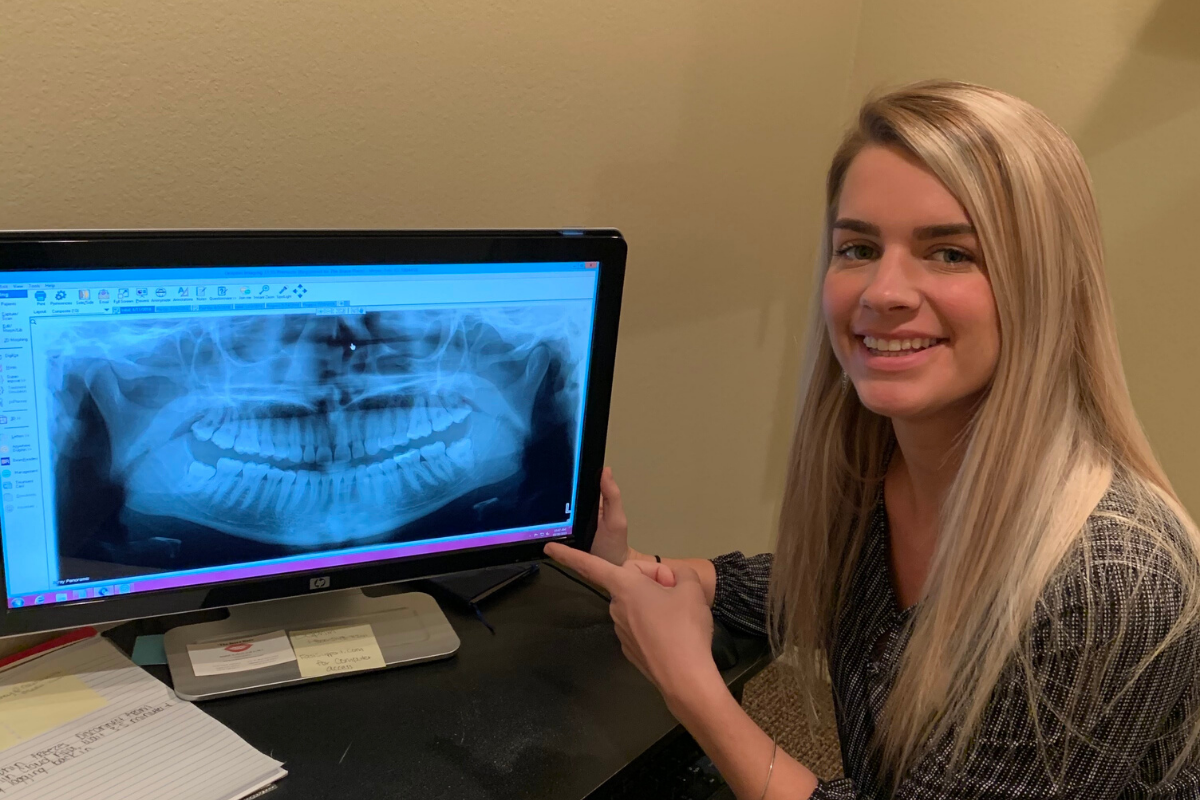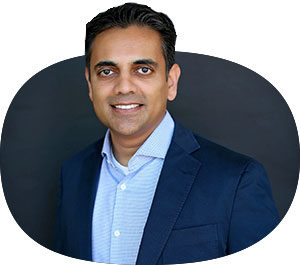
As you probably already know, a few weeks ago, we made the difficult decision to close our practice during the COVID-19 crisis. We’re doing our part to protect our patients and staff, and to help #flattenthecurve. But while our doors may be closed, our team is still here to serve our Claremore and Tulsa orthodontic patients. We miss seeing your smiling faces at The Brace Place, so we’ve found a way to connect with you online.
Introducing virtual appointments: a safe, socially distant way to learn more about orthodontic treatment, meet our team and discuss your treatment options. Self-isolation doesn’t have to stand in the way of getting the smile of your dreams. Virtual appointments are a quick and simple first step in the orthodontic process. Ready to find out more? Here are the benefits of a virtual consultation with The Brace Place.
1. Allows You to Practice Social Distancing
Social distancing is the one thing that each of us can do to bring us closer to ending this pandemic. Now is not the time for social gatherings, group events or physical contact. It’s also not the time for unnecessary visits outside your home, and that includes orthodontic appointments. That’s not to say orthodontic appointments are unnecessary, though — far from it! They’re crucial to helping you achieve your best smile and oral health. But scheduling virtual appointments is the best way to ensure you get the care and answers you need, all while keeping everyone safe and healthy.
2. Super Convenient, At-Home Guidance
All of our lives are turned upside down right now. Maybe you’re adjusting to working from home for the first time or you’ve got kids to entertain all day. Between all of the new changes every day, it would be tough to carve out the time to get into our office. Fortunately, now you don’t have to worry about it. With a virtual appointment, simply fill out the form on our website from wherever you’re weathering the storm and book a time that works for you. Visiting your Tulsa and Claremore orthodontist has never been more convenient.
3. Getting Started is Easy as 1,2,3
Not super computer savvy? Never had a virtual appointment before? Don’t worry! We’ve made the entire process as simple as possible so you can get the most out of your virtual experience with Dr. Patel. All you have to do is fill out the form with a few details about yourself, tell us about your concerns and goals, and one of our team members will reach out via phone or email. So it doesn’t matter if it’s your first online appointment or your hundredth. We’re here to help you every step of the way.
4. Get Answers in Real Time
Once we have your information, it’s time for the magic to happen. Dr. Patel can begin to develop a treatment plan based on your unique situation and desired results. During your virtual appointment, you’ll have the opportunity to ask any and all questions you have about orthodontic treatment, how the process works and how long it will take. The best part? You’ll get answers immediately so we can get a head start on your treatment plan. Our goal is to give you the most thorough understanding of your options so you can make an informed decision for your oral health.
5. It’s Totally Free
Virtual consultations at The Brace Place are for everyone, no referrals or commitment required. If, after talking to Dr. Patel, you decide not to move forward with treatment, that’s totally up to you. But if you’re ready to take the next step towards your perfect smile, we’ll make sure to get you in as soon as we open our doors.
At The Brace Place, we believe everyone deserves to put their best smile forward. We want to thank you all for your patience and understanding during these challenging times as we do our best to keep you all safe. Until we can see you in person, virtual consultations will give you the answers you need to prepare for treatment. When life returns to normal, we’ll be here to welcome you with open arms.

